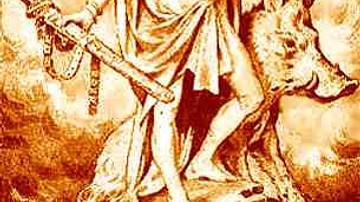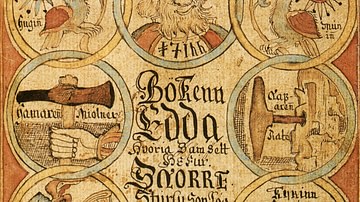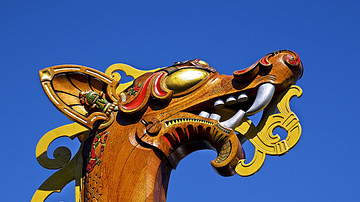Norse mythology, the stories of gods and heroes from in and around the Viking Age (c. 790 - c. 1100 CE) in northern Europe, has provided us with some of the most famous figures in world mythology. Here, in this collection, we look at such colourful characters as the wise and one-eyed war god Odin who calls warriors to the halls of Valhalla, red-eyed Thor with his giant thunder-making hammer, and Freyja, the fertility goddess who travels in a cat-drawn carriage. We also examine the literary sources of these stories, the cults of the various gods and consider the wider significance of these strange northern tales.
...archaeological evidence helps hint at personal devotion to specific gods people felt connected to, with accompanying customs and rituals being a standard part of everyday life.
Tips For Teachers & Educators
Mythology tends to be quite a popular topic among students as it appears quite a bit here and there in pop culture. It is usually easier to find ways to engage students than for some other subjects.
Here, the TV series Vikings will help you, as it is usually known (and liked!) by a fair amount of students.
A few things we want to point out, regarding this collection:
- It is filled with varied material. Should you not use an extract of the TV series in your class, you will find below plenty of videos, audio articles (Norse Mythology, Odin, Loki, Thor...) and even an extract of the old English version of Beowulf! Or you could always play the “Immigrant Song” by Led Zeppelin and have your students guess the topic of your class...
- A classic but very interesting thing to do with the students: Give one article about a god per group (Odin, Thor, Freyr, and Freya, for example) and ask them to list every strength and weakness for each main character, psychological, and physical. After sharing their findings to the whole class, discuss which modern-day people could have their own myth and might be seen as a... god! As homework, students could write their own myth for you.
- One assignment (or homework) that we always find interesting is when mythology is approached in a comparative manner. Depending on your programme, you could compare Norse mythology to Egyptian, Mesopotamian, Greek, Roman, or even Armenian myths. The choice is vast!
- Should you want to expand on Vikings to include famous figures, everyday life, warfare, ships and more, we have this other great collection which comes with plenty of teachers tips and some fantastic STEM activity recommendations.
Enjoy your teaching!








